#chinese lacquer
Explore tagged Tumblr posts
Text
This is really neat!
Making a Chinese lacquerware bracelet
song: 兰亭序 - 周杰伦
English added by me :)
38K notes
·
View notes
Text









Relic Prohibited From Displaying Abroad: Northern Wei Dynasty Painting
Painted screen covered with vermilion lacquer from the tomb of Sima Jinlong (司馬金龍).
The outlines are finely drawn in black ink. A dazzling riot of colors distinguishes this specimen from those of previous centuries.
The painting illustrates narratives about female virtues and filial piety from Han dynasty Liu Xiang's (劉向) Confucian classic “Biography of Exemplary Women” (列女傳).
The top section from the well-preserved part in the photo depicts Emperor Shun's story of filial piety.
The second represents Three Queens of Zhou dynasty – Tai Jiang, Tai Ren and Tai Shi – exemplary mothers and wives (whose historicity remains in doubt) included in later collections of moral precepts.
The third section portrays Lushi Chunjiang and Chunjiang’s daughter.
The bottom one illustrates the episode when the Consort Ban (班婕妤) refused to accompany the emperor in a palanquin so as not to distract him from the thoughts about the state welfare.
The screen was unearthed in Shijiazhai (石家寨) village, Datong, Shanxi in 1965. It is surprising that many precious artifacts remained in the burial pit, despite repeated plundering. We can chalk it up to the ignorance of the thieves.
The board is 82 cm long, 40 cm wide and 2.5 cm thick. The two pieces of the lacquer-painted screen are connected by mortise and tenon joint.
Due to its exceptional fragility and value, the panel is not allowed to be exhibited abroad. Despite all the museum care, the second part of the diptych is not so well-preserved. The tomb has been repeatedly flooded over the centuries, and the dampness has taken its toll. The vermilion screen is stored in Datong Museum (大同市博物館), Shanxi. The original is rare on display for several days only, the rest of the time it is replaced by a replica. Pictured is the original.
#ancient china#chinese culture#chinese art#chinese history#chinese painting#painting miniatures#painting on wood#Northern Wei dynasty#lacquer#lacquerware#ancient tomb#tomb art#vermilion#artifact#unique#relic#han dynasty#burial site#burial#chinese customs
56 notes
·
View notes
Text
#TwoForTuesday :



Cranes and Serpents, 475-221 BCE (Warring States Period)
China, State of Chu (reportedly from Hunan province,Changsha)
Lacquered wood with polychromy
132.1 x 124.5 cm (52 x 49 in.)
On display at Cleveland Museum of Art 1938.9
“A different style of ritual art developed in the state of Chu in South China. In addition to bronze vessels, lacquered wood artifacts expanded the repertory of ritual implements.
This extraordinary sculpture was probably a drum stand for supporting a suspended drum in ritual ceremonies. It is unique among other excavated drum stands of the Chu, which typically show two birds standing on tigers. The theme of the bird stepping on the serpent was common in the Chu visual culture. Yet the slender proportions and seemingly flimsy structure of this particular set raise the question of whether it was utilitarian or mostly served symbolic functions in the tomb.
The birds' and serpents' bodies have designs painted in red lacquer and yellow pigment against the black lacquer. Scientific analyses confirm the additional use of a blue or green pigment that has been discolored over time.”
#animals in art#birds in art#museum visit#bird#birds#crane#cranes#serpent#serpents#snake#snakes#sculpture#polychrome#woodwork#lacquer#pair#Two for Tuesday#Cleveland Museum of Art#ancient art#Chinese art#musical instruments
24 notes
·
View notes
Text
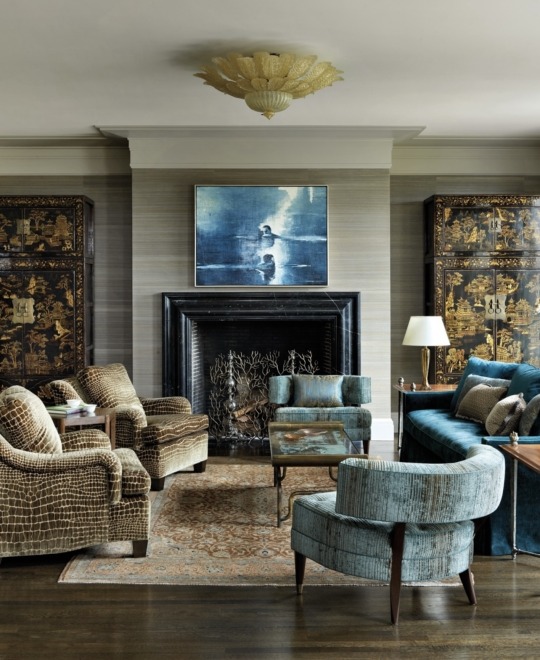
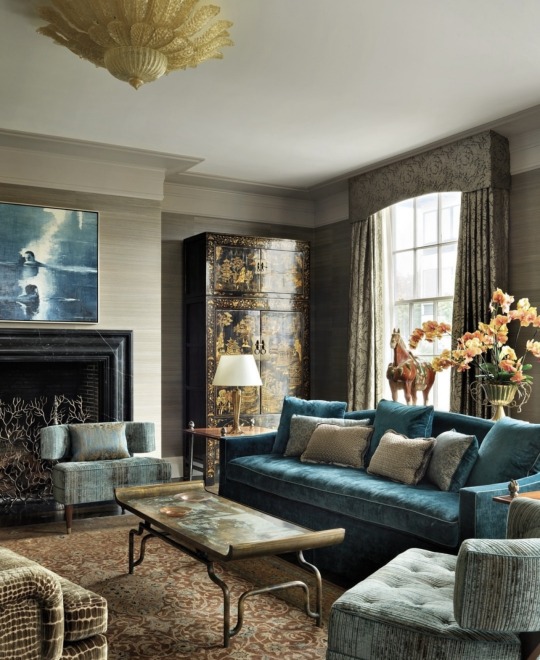
IG luxemagazine
#livingroom#luxury#velvet#animal print#chinese wardrobe cabinets#drapery#boxed valences#grasscloth wallpaper#interior design#lacquer
59 notes
·
View notes
Text



Antique Chinese Carved Inlaid Lacquer Game or Coffee Table Glass Top ebay raretreasures101
8 notes
·
View notes
Text
Hi Producer (正好遇见你) Infodump
Disclaimer: I have no idea about the accuracy of the information shared in the drama, I'm merely transcribing for future reference purposes. Proceed with caution!
.
Ep 26-27: Stage Costumes and Props
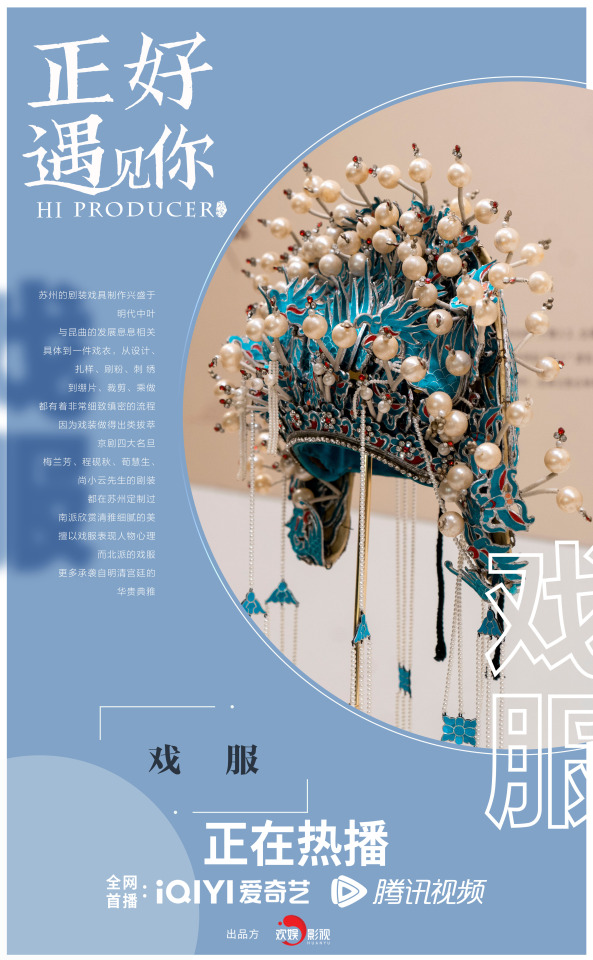


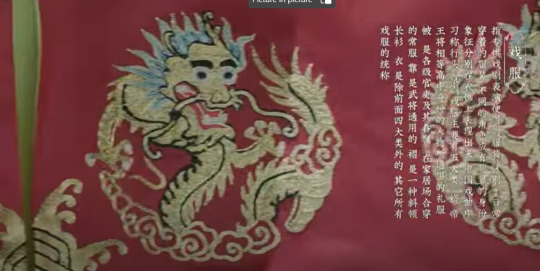
Stage outfits worn when performing Chinese traditional operas, since the Song and Yuan dynasties, a fixed pattern has been established gradually. Characters with different titles, social statuses, and personalities dress up differently so the audience can tell the disparities. Thus, there's a saying in the industry that a torn costume is better than the wrong costume. Following the rapid development of Chinese traditional operas during the Ming dynasty, the quality of headgear, costumes, and boots were improved considerably. Their design focused more on elegance and luxury.
Production of Suzhou stage costumes and props took off during the middle of the Ming dynasty. They're closely related to the development of Kunqu opera.
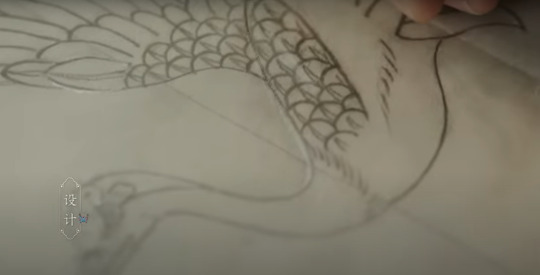
Designs, also known as outlines- In response to the different characters, various costume designs will be made. Dragons and phoenixes, flowers, Ruyi pattern, flowing pattern, and so on are commonly seen in such costumes.

Stitching, a process to create holes on the paper sample according to the design, to ease the foundation process.
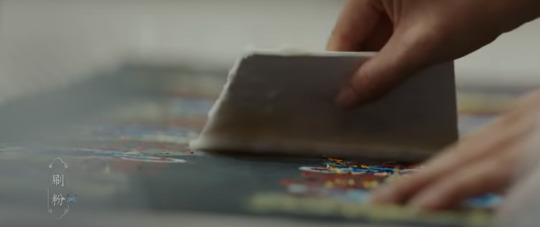
Foundation process, a process where the foundation is applied on the fabric that they're going to embroider on through the holes.

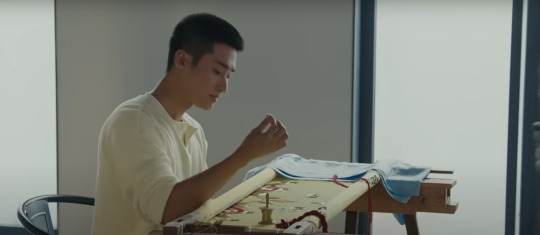
Embroidering, a sewing process that uses threads of different colors. For stage costumes, the dazzling gold and silver threads are commonly used.

Flattening, a process where you apply glue evenly onto the fabric with a glue knife to flatten the embroidered patches evenly.
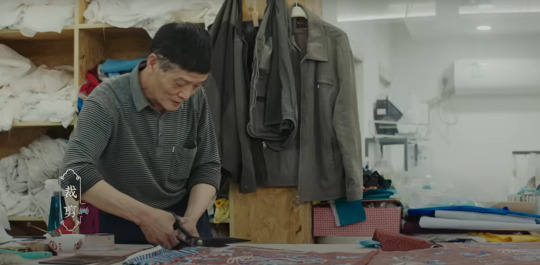
Cutting, a process where you cut the entire fabric and embroidered patches into desired sizes.
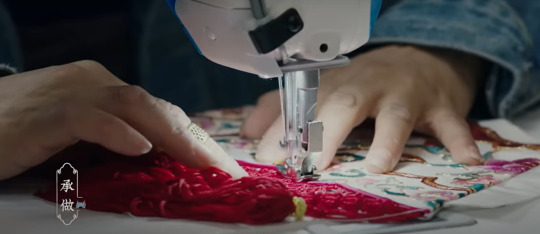
Completing, a process where you employ all kinds of sewing and gluing techniques to complete the costume.
Currently, all the stage costumes and props include headgear, boots, weapons, accessories, and headwear. These six main types cover over 1,000 kinds.
It's a shame that most of the crafts have gone extinct but as much as possible textual research of stage costumes is done, such as visiting museums in many cities to observe the preserved stage costumes in hopes of replicating something up to the standards of which of the Qing dynasty. That's a difficult task as the exquisite and luxurious stage costumes back then were produced by imperial craftsmen.


This episode truly felt like the epitome ofYu Zheng going Nudge, nudge, aren't I the most awesome costume drama producer? especially with the characters saying stuff like this lol🤭
Right now, there are stage prop and costume factories that take custom orders from film production crews. Celebrities may visit for personal requirements and many others out of admiration. To preserve texture and quality, outfits are made by hand for most parts. They have warehouses for costume design manuscripts. Best attempts are made to replicate the stage costumes of the past within reason such copper jewelry plated with silver as it costs too much if made with silver entirely. And handicrafts like velvet flowers take up a long time and has high labor costs. So most costume drama crews prefer a cheaper option like beaded flowers.
When an actor appears on the stage with these outfits on, the audience will know the title and the personality at first glance. It's completely different from some modern TV series. They don't dress in accordance with dynasties or characters. A random and wrong costume may look fashionable, but it won't fit the character and the plot itself. And overdoing the designs brings underwhelming results as when you are performing wearing them, overtly vibrant and exquisite designs will steal the spotlight from you. It's not the glorious look that decides its value. Anyway, we don't understand them.
I liked the following part a lot tho, it felt quite reasonable and moving. Especially as someone with 2x as my NORMAL watching speed, I know I still care for the meta details and the reason I watch fast is not because I don't care for the effort and research that went into a production.
Next year, online video platforms will launch a 4X speed function for all TV dramas. One might think that no one will be interested in Chinese operas is they've never spent time in a traditional Chinese theater before. There are rarely fans of Chinese opera nowadays.
It takes tens of procedures to making a stage costume. We need to focus on every single detail and can't rush things. But people are always in a rush. Making props and costumes by hand isn't efficient, and there's little demand. Many people wonder if the younger generation is willing to pick up this craft? What if such an excellent craft does go extinct? People always say that productions like this are slow and can't adapt to the era of machine production.
Many adapted historical tales are quite interesting not just because it touches on people's sentimentality. If their sentimentality can be used advantageously, that means people are still reminiscing about the past. However, this method will come to an end one day as a show is just a show. It has no way to save all those crafts that are going to vanish soon. Even if all these crafts will disappear after a century, we still hope that people will know that we once spent half a day just to make a fold or spent one and a half years just so we could produce one piece of stage costume.
What do we call this? We call this a craft. We call this a legacy.
China is a country with a big population. As long as there's one person who likes traditional crafts and is willing to learn, the legacy won't disappear.
.
Rose-purple satin female Kao costume

Embroidered with phoenix and peony patterns in flat gold that was made during the Guangxu period of the Qing dynasty. Every detail has been carefully recorded so the future generation could refer to it. The Chinese opera industry is developing. There are many newly adapted versions of historical operas. When designing costumes, aesthetic standards of the younger audience and the requirements of various kinds of stages both are taken into consideration.
.
Cixi watching the opera
-Showcasing the contrast of costumes and performances of Southern and Northern operas
youtube
.
Beijing silk figurines

To make these, one must know sculpting, painting, and design of outfits. Similar to stage costumes and props, it's a fusion of many traditional crafts. But not many are aware of this. Most in the field do this as a hobby because in China, people aren't aware that these are not the work of craftsmen, but artists.
It got the name because the whole figurine is made with premium silk cloth and silk gauze. Beijing silk figurines were invented back in the Tang dynasty in Northern Fujian, when people used paper to make animal dolls. The craft continued to develop until the Song dynasty. People started using silk to make human figurines.
.
More Misc. Crafts
Featured in the timestamped vid below such as:
Sandpainting, Suzhou Embroidery, Hokkien Lacquer Thread Sculptures
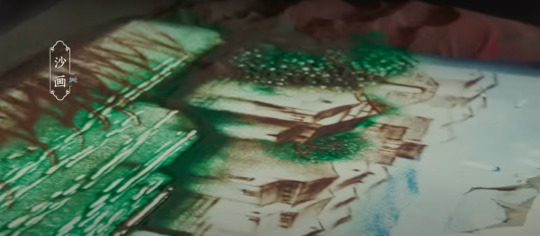
Many consider that sand animation originated in Hungary. Although Ferenc Cako did turn sand animation into a modern performance, traditional sand animation originated in China. During the Song Dynasty, there were stories of people writing on sand and so on.
Suzhou embroidery is one of the Four Great Embroideries of China along with Hunan's Xiang embroidery, Guangdong's Yue embroidery, and Sichuan's Shu embroidery. The Suzhou embroidery is detailed and subtle. In May 2006, it was listed as a national intangible cultural heritage.
Lacquer thread sculpture originated in Quanzhou of Fujian. It has existed for over 1400 years. The craftsmen must use the fine thread of lacquer and specialized techniques to create these resplendent patterns. Every piece is one of a kind.
youtube
.
Making Liuli Glass
The ancient process of making colored glaze was very complex. The colored glaze was born in the fire and drowned in water. It takes dozens of processes to complete such as: detailing the wax pattern, casting the plaster mold, coloring, firing in the kiln.
Normally, steps involved in the making of colored glazed are designing, making of silica gel mold, making and detailing of wax patterns, the making of plaster molds, and being fired in a kiln, removing the plaster mold, sanding, and polishing.
youtube
Timestamped Documentary segments:
Props and Costumes Craft
youtube
Of Traditional Opera Theatre
youtube
.
More Hi Producer posts
#cdrama#chinese drama#正好遇见你#Hi Producer#fashion history#chinese history#chinese jewellery#Youtube#chinese opera#costumes and props#chinese opera costumes#liuli glass#beijing silk figurines#sandpainting#suzhou embroidery#Hokkien Lacquer Thread
13 notes
·
View notes
Photo


A Continental carved giltwood and lacquered oval sofa table, 19th/20th century
The glazed Chinese 19th century lacquer panel depicting a bird amongst peonies on carved giltwood leaf-cast legs joined by an X-form stretcher.
35.5cm. high, 102.5cm. wide, 81cm. deep.
#A Continental carved giltwood and lacquered oval sofa table#furniture#chinese furniture#table#art#artist#art work#art world#art news#history#history news#chinese art
14 notes
·
View notes
Text

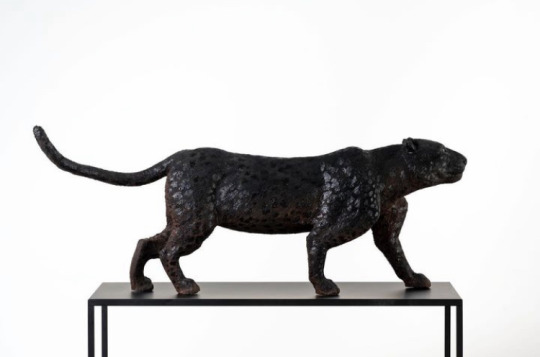
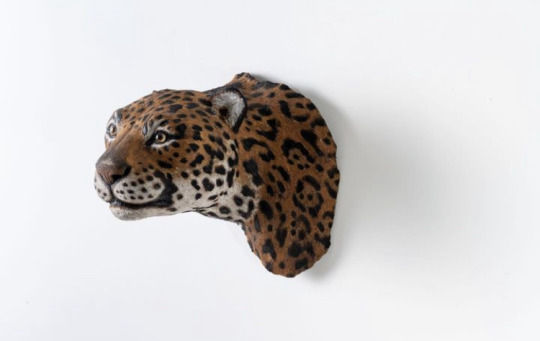
#repost @yiri.arts . Attribution: Chen Yu-Erh aka 陳佑而個 (Taipei, Taiwan, 1986-). First image is Leopard, 2014, 140 x 50 x 120 cm, dry paint kanshitsu 乾漆 (lacquer). Second image is Blackie, 2019, 142 x 27 x 57 cm, dry point kanshitsu. Third image is Jaguar, 2014, 30 x 36 x 35 cm, dry point kanshitsu. These are drawn from Chen's solo show in 2021, A Fleeting Eternity, at Yiri Arts in Taipei. The artist centers her practice on animal protection, and I especially appreciate these instances of feline representation.
#乾漆#kanshitsu#lacquer#sculpture#Chen yuerh#taiwanese artist#Chinese artist#gato#cat#feline#contemporary art#fauna silvestre#wildlife protection#cats in art#animals in art#leopard#panther#jaguar#panthera onca#panthera pardus orientalis#panthere
4 notes
·
View notes
Photo

Home Office Freestanding Chicago Inspiration for a mid-sized zen freestanding desk medium tone wood floor study room remodel with beige walls and no fireplace
2 notes
·
View notes
Text
nobody's ever lied more than (redacted college)'s library database telling me it's sorting by relevancy.
#ROAD TRAFFIC NOISE IN A CURRENT CHINESE PROVINCE IS NOT RELEVANT TO TANG DYNASTY'S HISTORICAL CULTURE OVERVIEW#YOU ARE NOT SORTING BY RELEVANCY! YOU'RE GIVING ME RANDOM SHIT!#I DON'T WANNNA KNOW IF LACQUER WAS A KEY INGREDIENT IN THIS ONE PAINT#ok thank you that is all#exam is over and now i get to complain about new stuff
1 note
·
View note
Text
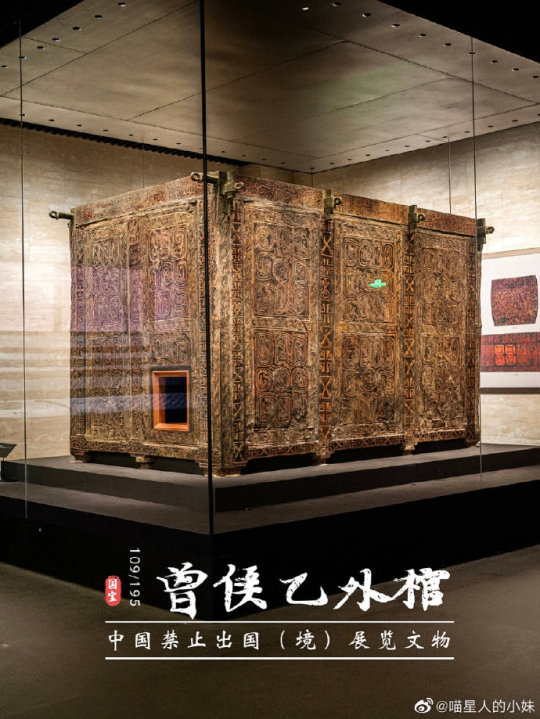
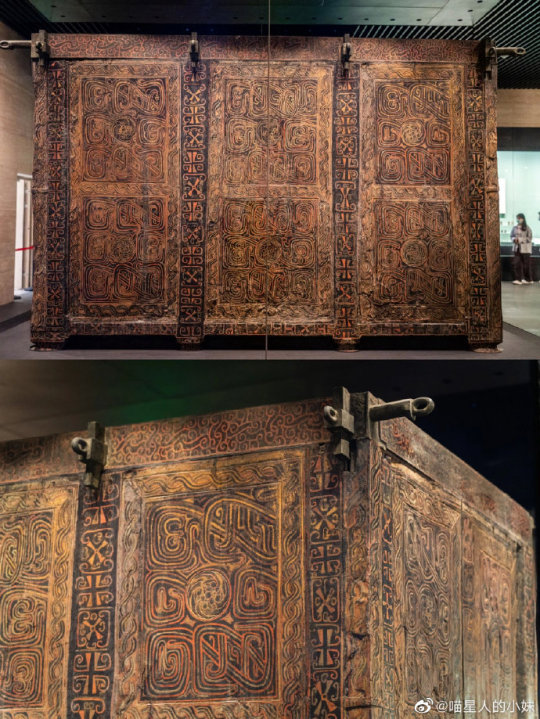
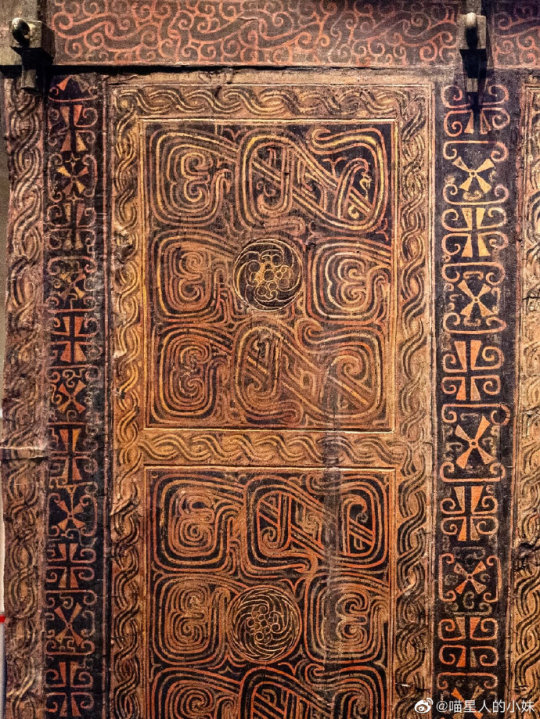
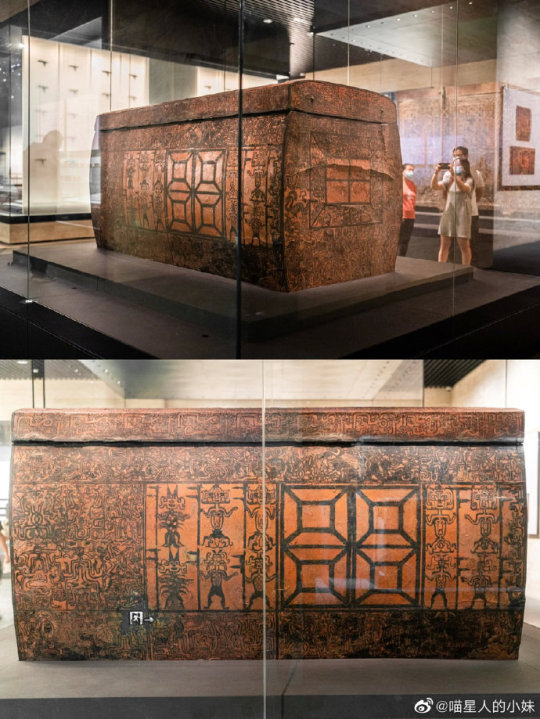
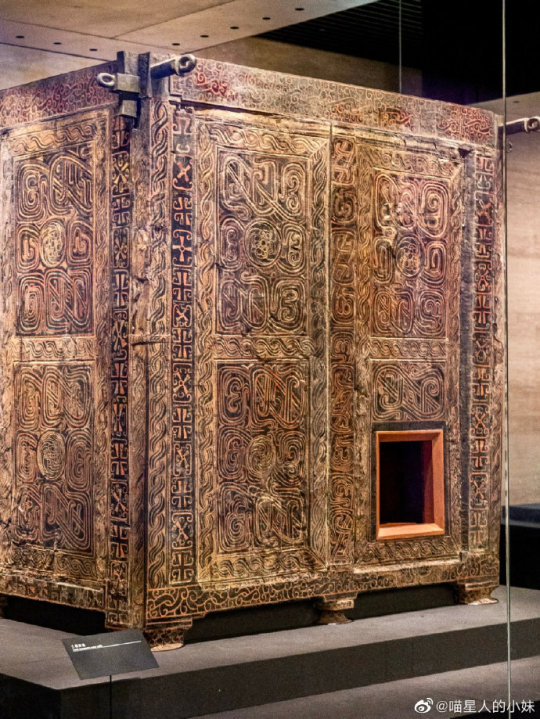
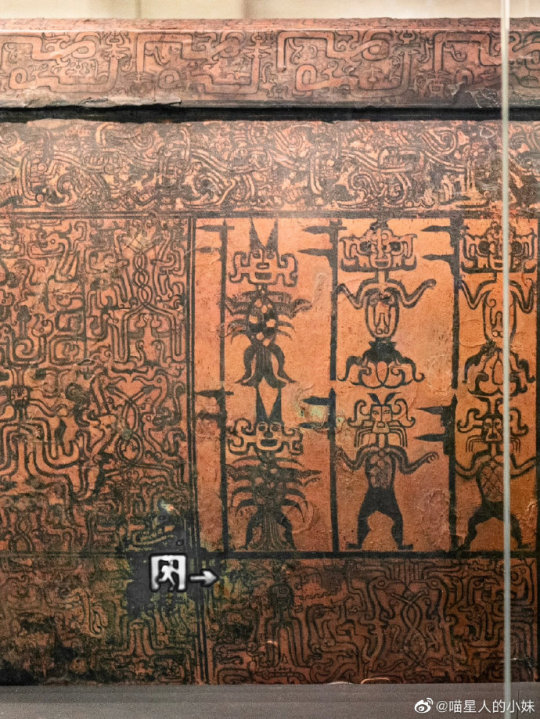
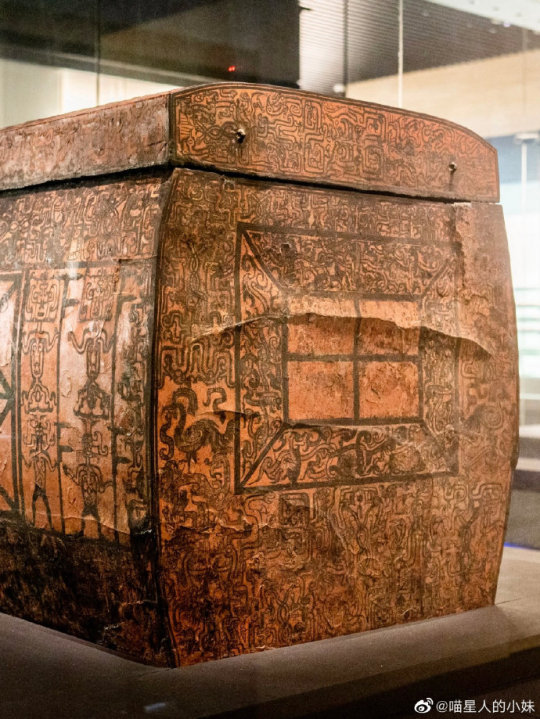
Luxury Lacquered Coffin of Marquis Yi: Largest in History
The coffin of the Warring States period was unearthed from the tomb of Marquis Yi of Zeng (曾侯乙) in Leigudun (擂鼓墩), Suizhou, Hubei, in 1978.
The outer coffin is 3.2 meters long, 2.1 meters wide, 2.2 meters high, and weighs about 7 tons. It is composed of 10 copper columns embedded within 10 wooden boards of the same height. The painting on the surface of one of the coffins depicts weird and armed anthro-zoomorphic beings.
Displayed in Hubei Provincial Museum (湖北省博物馆).
Photo: ©喵星人的小姐
#ancient china#chinese culture#chinese art#chinese history#coffin#ancient tomb#burial#warring states period#warring states era#artefact#lacquer#曾侯乙墓#laquerware#tomb art#archeology#chinese customs
331 notes
·
View notes
Text

Figural dish, red carved lacque Yuan Dynasty
0 notes
Text



"Cinnabar lacquer incised snuff bottle from China. Snuff bottle, with stopper, lacquered, bamboo / cinnabar / brass / tortoiseshell, China, Qing dynasty, circa 1700-1799." "The brown bamboo inner frame is carved with a key pattern as the background of the lacquer design, on which there are deeply carved varying relief designs through the layers of cinnabar lacquer applied over the bamboo frame, with two rocky landscape scenes on each side."
1 note
·
View note
Text



Old Chinese Enamel Wood SNUFF BOX - INLAID PEARL DRAGON ebay mitzidanti
7 notes
·
View notes
Text
Li Ziqi: always pushing the boundaries on the question, "just how talented can one person be?" I don't actually have a superlative for how _____ this art is.
youtube
Make a new lacquered mother of pearl wardrobe carved with sacred chinese guardian animal Qilin麒麟 for grandma by 李子柒Li Ziqi
#li ziqi#chinese artist and craftmaker and and#video#process of making a lacquer cabinet#*the most beautiful lacquer cabinet#floored#in every way but the physical I live with her and I am her apprentice#adopt me jiejie
176 notes
·
View notes
Text
Enclosed Los Angeles

Inspiration for a sizable, traditional, enclosed living room remodel with white walls, a brick fireplace, a standard fireplace, and a vaulted ceiling.
0 notes